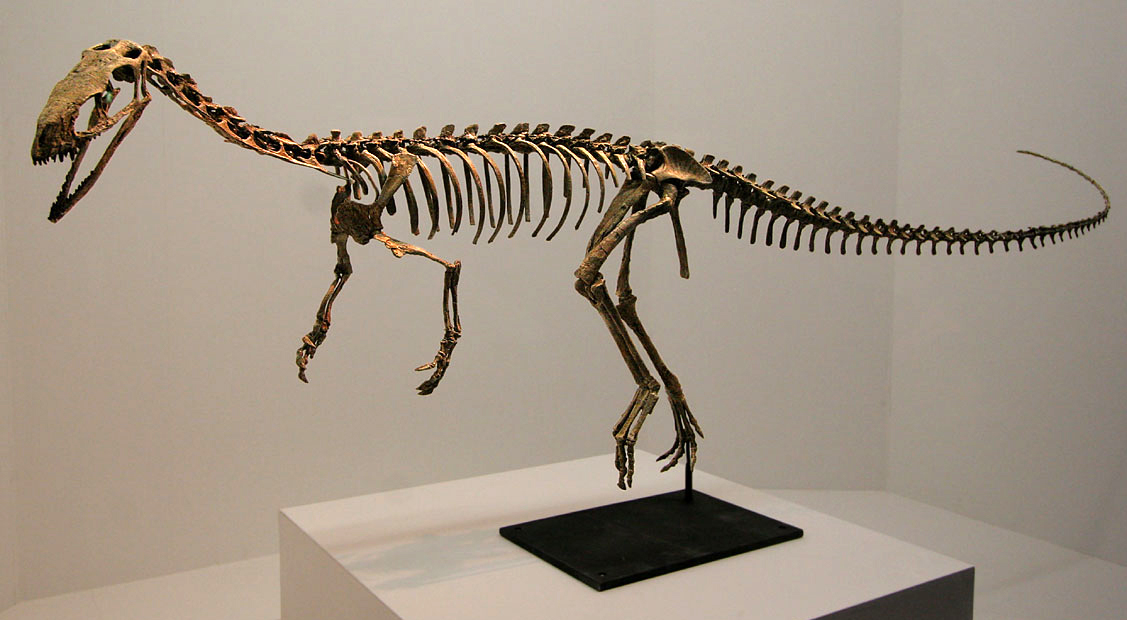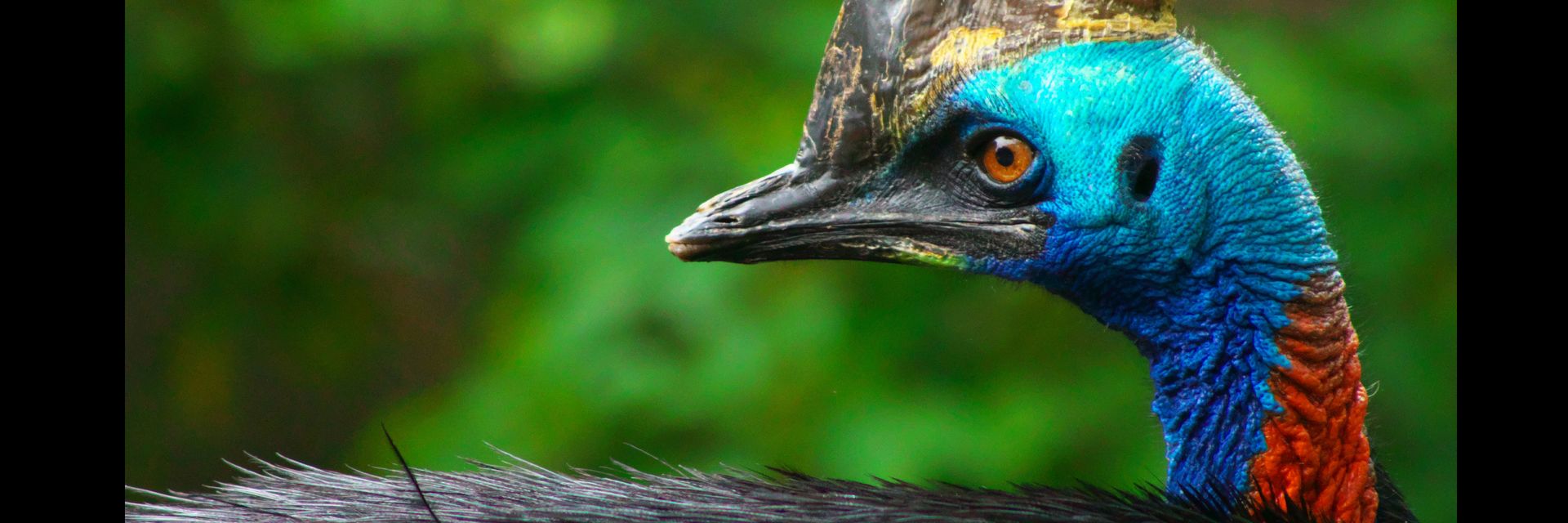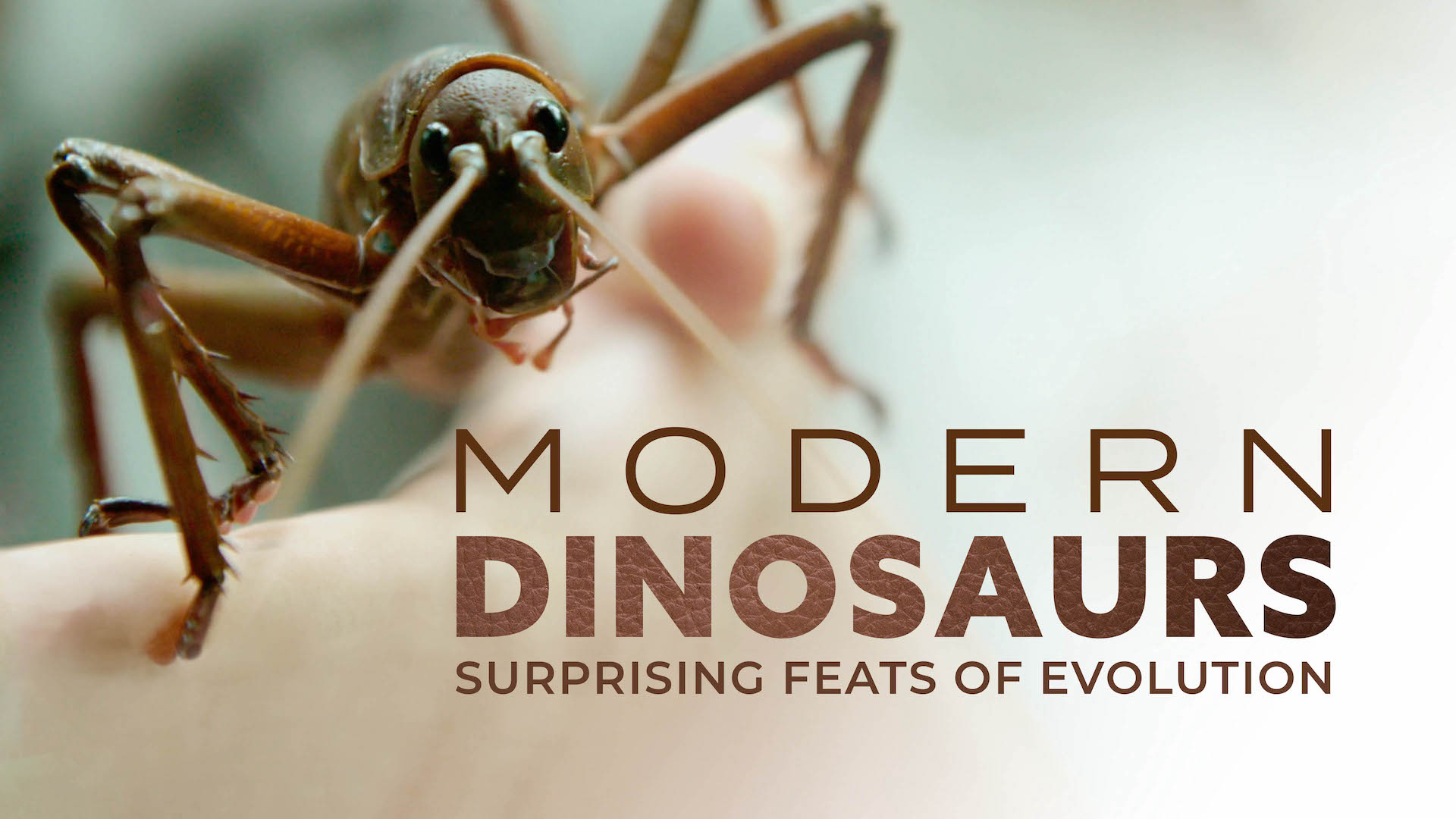It wasn’t just feathers that allowed flying dinosaurs to evolve into modern birds.
◊
Over 175 million years ago, during the Jurassic period, dinosaurs ruled the Earth. They were everywhere, from the massive T. Rex to the small but fierce Velociraptors. Dinosaurs, like the Pterosaurs, even ruled the skies. Through the Jurassic and into the next period, the Cretaceous, these huge reptiles dominated the planet and its main landmass of the time, Pangaea.
As the Cretaceous period neared its end, Pangaea had slowly ripped apart, the continents were moving toward their current positions, and dinosaurs had spread to all areas of the developing terrestrial world. It seemed these vertebrates would survive forever.
Then, all of a sudden, they were gone. The mass extinction event that ended the age of the dinosaurs was the Earth-shattering asteroid impact that created the Chicxulub crater in the present-day Gulf of Mexico about 66 million years ago. It extinguished 75 percent of all species living at the time. But did the dinosaurs all perish? If what you know about dinos is largely gathered from the Jurassic Park film franchise, you might think so.
But Jurassic Park is fantasy built on specious science. Real science is stranger. Indeed, some dinosaurs survived that massive extinction event and have continued to evolve and adapt. Surprised? Look to the skies. See our feathered friends, the birds? They’re dinosaurs!
Explore the wonders and mysteries of the animal kingdom, from blue whales to birds, in Modern Dinosaurs.
Birds Are Dinosaurs with their Feathers Intact
Two hundred million years ago, in the Triassic period, there were gargantuan-sized volcanic eruptions all over the planet for a relatively short period. These eruptions also brought on a global winter (officially, “volcanic winter”), ending the Triassic, lasting for decades, and eliminating 80 percent of life. The lucky terrestrial survivors were those creatures that had feathers, along with what are termed filaments, or featherlike structures resembling long strands of hair, covering their skin.
Feathers and filaments kept these reptilian beings warm during the long winter chill, when lake water froze over and food was scarce. As the Triassic shifted into the Jurassic, and during the Jurassic’s 55-million-year era, feathered dinosaurs repopulated the planet and got both bigger and smaller. They developed further during the Cretaceous period that began about 90 million years in the past.
Avian – that is, flying – dinosaurs evolved from small, feathery raptor-like dinosaurs that fossil evidence has dated to around 150 million years ago. Having feathers was an adaptation that was remarkably effective at ensuring the ability of these creatures to survive and thrive. Feathered dinosaurs like Archaeopteryx, often cited as the first, most likely non-flying, bird, have shown definitively that feathers had developed by that early date, though it is likely that feathery coats were present even earlier.
Toothless Beaks Made the Big Difference
It wasn’t only feathers that kept avian dinosaurs aloft and well; after all, certain flying species, such as the Pterosaur, which developed in the Late Triassic period, perished in the meteoric cataclysm that put a quick end to the Cretaceous period around 66 million years ago. There was one other adaptation that proved essential for the future of the predecessors of birds – and that was beaks.

Detail of beak structure of the water bird species Anatidae. Note their small but sharp teeth. (Source: MAKY.OREL, via Wikimedia Commons)
At first, avian dinosaurs sprouted teeth that lined the edges of their beaks. But between the 150-million-year mark of the rise of the Archaeopteryx and the 66-million-year point when Earth lost the Pterosaur, teeth were gradually replaced by smooth-edged beaks. The earliest bird-like prehistoric creatures dined on insects and small morsels scavenged from animal remains. Later on, their diet shifted to fruits, seeds, and other plant foods.
This turned out to be an advantage when the asteroid struck. While larger creatures expired from the cold and a lack of food to chew and digest with their large alimentary systems, the avians, with their beaks, were able to subsist on nuts and seeds from the flora that survived the asteroid impact. The adaptation from carnivorous to herbivorous was timely for the avians’ luck at survival. Plucking and pecking food from trees, bushes, and the ground in the destroyed primeval forests before vegetation returned made their teeth superfluous, and gradually they disappeared.
What Survived the Last Mass Extinction Event?
What creatures, exactly, greeted the dawns from their airy perches as life came back in earnest in the post-Cretaceous period, i.e., the Paleogene? Early members of modern bird groups, including ducks, parrots, and chickens, populated the beginning years of this period. The Paleogene spanned from the Chicxulub extinction to about 23 million years ago, starting with various families of beaked, toothless flying reptiles. And in the millions of years that followed, these survivors, with their relatively big brains in their relatively small bodies, led the slow, steady march of evolution.

Sky-filling seabirds such as gulls thrive in today’s marine environments. (Source: Mike Baird, via Wikimedia Commons)
Their small bodies were another key to their ability to flourish. The species that existed after the mass extinction event were primarily under one kilogram in size. Their continued existence showed that avian creatures having a smaller size allowed for better adaptations to changing conditions. There are now 10,000 species of birds grouped into more than 25 orders, or large groupings, within the class Aves.
At that time, they were at the top of the food chain. What they had in common was that, before the explosion of diversity in the Paleogene period and beyond, they all fell into the classification of theropods. Before the Chicxulub impact, theropods included big dinos such as Tyrannosaurus Rex and the smaller Velociraptors. The traits they had that persist in birds today are their hollow bones and three-toed legs, which allow bipedal mobility. What were vestigial limbs now exist as wings. The early birds, lacking competition, diversified and evolved to fill “ecological niches” vacated by the extinct non-avian dinosaurs, continuing the evolutionary legacy of their theropod ancestors.
What is an ecological niche? This means that species become highly specialized in their environment. Once the species becomes extinct, its absence creates an opportunity for another species to evolve or adapt to that same specialization, or niche.
Another example of a creature filling an ecological niche is the horseshoe crab, which was thought to have become extinct in the Chicxulub event. Scientists believe they may have disappeared then, but were supplanted by a similar species that appeared through iterative or convergent evolution to fill the horseshoe crab’s ecological niche. This may have happened several times over the long existence of this arthropod.
Adaptations in Birds Allow for Extreme Diversification
Strictly speaking, feathers are called “exaptations”; that is, adaptations that developed for one purpose (warmth) and that later picked up another use (flying). The very first feathered theropods most likely didn’t fly; that facility developed after the early theropods moved from two-legged running creatures into ones that could glide, leap, and climb up trees. These very useful adaptations eventually put the “exaptation” of feathers to use.

Eodromaeus was an early example of a theropod. (Source: Kabacchi, via Wikimedia Commons)
The advantages of flight are at least two-fold: Flying creatures could travel further and cover wider areas to seek food, and they could escape terrestrial predators. Eventually, each bird found its own ecological niche, from penguins in arctic regions to tiny, hyperactive hummingbirds, and even the strangely built, flightless cassowaries, termed “living dinosaurs” for their distinctive appearance. Although birds have spread and developed on all continents, an epochal event like the last Ice Age three million years ago caused the extinction of a quarter of the bird species extant at the time.
The rufous hummingbird breeds at a height of 9,000 feet in environments that are well below freezing. They create insulated nests from lichen and spider webs.
Mammals, for Better and for Worse
The one major adaptive terrestrial evolution other than birds is mammals. After the Chicxulub impact brought worldwide destruction, other organisms, of course, managed to survive. Among these was a small group of rodent-like creatures that were advantaged by their diminutive size. Over the following 20 million or so years, rodents diversified widely, filling up ecological niches that the large, non-avian dinosaurs once occupied. Rodents paved the way for increasingly complex mammals to emerge, and we humans are the grateful beneficiaries of one branch of that vast “tree of life.”
Over tens of thousands of generations, Homo sapiens became the apex predator of a vastly different world than existed 66 million years ago. We have spread across all of Earth’s acreage, and now, far from being at the pinnacle, we’re on the precipice of what could be the next mass extinction, the Holocene. Are we prepared for that scenario? Even now, 1,000 bird species – a tenth of all avian species – are threatened with extinction. Humans are causing potentially calamitous climate change, a change that could bring birds, rodents, and all manner of creatures – not to mention us – to an unfortunate end.
Could birds survive and bring another world to life again as they did so many millennia ago? Only time, and possibly some competing rodents, will tell.
Ω
Kevin Martin is Senior Writer and Associate Editor for MagellanTV. Having long been a journalist and communications specialist, he writes on various topics, including Art and Culture, Current History, and Space and Astronomy. He is the co-editor of My Body Is Paper: Stories and Poems by Gil Cuadros (forthcoming from City Lights). He resides in Glendale, California.
Title Image: The cassowary, of New Guinea, New Zealand, and Australia, is part of a lineage that diverged from other birds during the Cretaceous period, around 80 million years ago. (Source: seiichiro on Unsplash)


